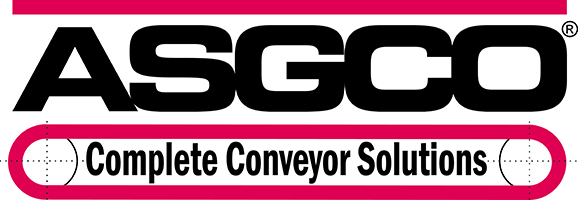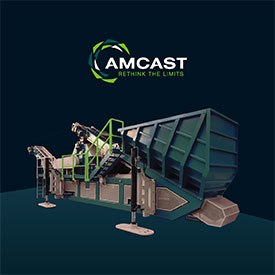
Damir Gumerov joined Applanix, a Trimble company, in 2012. He currently manages a product portfolio composed of positioning and orientation systems that are used for the guidance of autonomous vehicles, as well as tools in the development of land autonomy products and solutions. P&Q paid Gumerov a visit at MINExpo International 2021, where he offered insights on the future of autonomous technology within the industry.
Autonomous technology is largely a product of big mines right now, but do you expect it to trickle down anytime soon to smaller sites?
The focus right now is definitely on the bigger mines, but the technology is going to trickle down through the years to smaller mines.
If you think about it, fleet management is mine site automation. It’s a key component of autonomous technology because you don’t only need to know where your actual trucks are, but where the rest of the vehicles on your site are, as well.
At the end of the day, we’re trying to figure out how to bring autonomy to the mass market – not only to the larger quarry sites, but how to make it work for every single individual.
We like to say we’re enabling autonomy at this stage, [versus] Trimble is ‘doing’ autonomy. We don’t sell autonomous trucks and cars. We’re selling sensors and trying to make sure what we did well before will translate going forward into the autonomous space.
As you talk to aggregate producers, where are they open to working with Trimble when it comes to autonomy?

We’ve done a little bit of work in open pit in the past. The question is how do you scale that experience from larger mines into smaller mines? There’s a cost factor. You need cheaper sensors, but they need to still be good. How do you go through that process? We’ll hopefully be able to try and answer these questions.
What are the roadblocks to make sizable gains in autonomy within the industry?
A very popular one for everybody is safety. How do you make sure the equipment is safe to operate? What kind of standards and criteria are going to define that?
How do you certify and say your autonomous equipment can operate at a mine site? What’s it going to take for everybody to come together? You need a set of rules to follow. That’s an interesting component that comes up very often for us, and it’s something that’s going to drive forward all of the decision making.
Autonomy in general is going to have to make equipment safer. Equipment is going to have to be made in such a way that it protects the safety of life, the safety of operation, people on a mine site or even your cars on the road. But how do you standardize? And how do you make it proven against those standards?
Safety is a big factor in everything. It’s not a roadblock, but it’s something that needs to be considered.
Between on-road and off-road, which is further along at the moment when it comes to autonomy?
The safety for on-road is the scary thing. It’s easier to design a mine site as a closed environment, something where you train people on the site to react. You can’t control people on the streets and what they do.
If anything, mine sites will be the first place to adopt autonomy properly but with some limitations. At least they’re going to have the automation that the streets won’t have for years to come.











